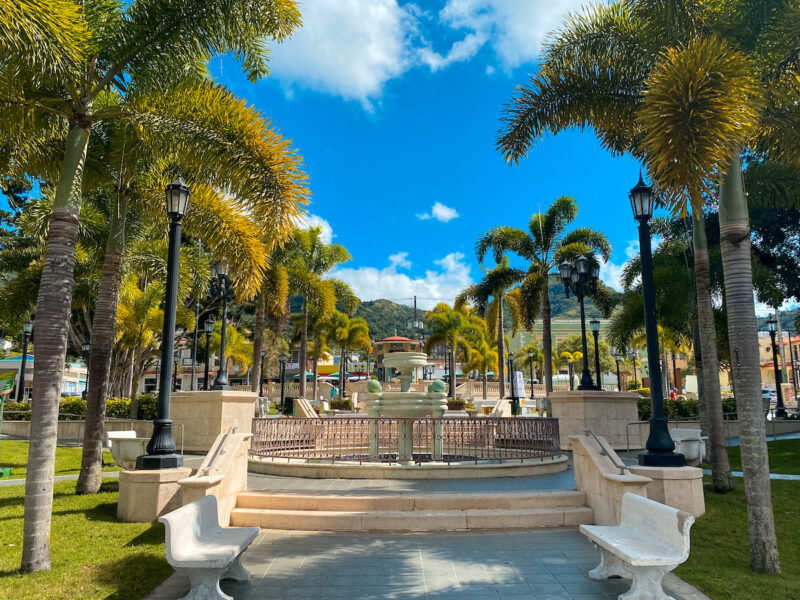Operation Bootstrap

Operation Bootstrap was a development program implemented by the Puerto Rican government in the 1940s, with the aim of transforming the island from an agriculture-based economy to an industrial one. The program was a response to the economic crisis that Puerto Rico was facing at the time, and was heavily influenced by US economic policies and ideas. This essay will explore the impact of Operation Bootstrap on Puerto Rico and its population.
Operation Bootstrap was initially successful in creating jobs and attracting foreign investment to the island. It provided tax incentives and other benefits to companies that established operations in Puerto Rico, and also invested in infrastructure, education, and healthcare. As a result, industries such as textiles, electronics, and pharmaceuticals were established on the island, and the economy grew rapidly. The program was seen as a model for economic development in other parts of the world.
the Benefits
However, the benefits of Operation Bootstrap were not evenly distributed across the Puerto Rican population. While the program created jobs, many of these were low-paying and offered little job security. The workers in the newly established industries were often subject to poor working conditions, long hours, and lack of benefits. The economic growth that resulted from Operation Bootstrap also led to rapid urbanization, which put a strain on the island’s infrastructure and created social problems such as crime, poverty, and inequality.
Furthermore, the focus on industrial development came at the expense of Puerto Rico’s traditional agricultural sector. Many farmers were displaced by the new industries, and the island became more dependent on imported food. This had a negative impact on the environment, as natural resources were exploited to support industrial growth. The program also had a cultural impact, as traditional Puerto Rican values and practices were replaced by American-style consumerism and individualism.
Mass Migration
Another consequence of Operation Bootstrap was the increase in migration from Puerto Rico to the mainland United States. While the program created jobs, many Puerto Ricans were attracted to the opportunities available in the mainland, and left the island in search of better economic prospects. This led to a brain drain, as many of the island’s most educated and skilled workers left for the mainland. The resulting loss of human capital had a long-term impact on Puerto Rico’s development and its ability to compete in the global economy.
The impact of Operation Bootstrap on Puerto Rico can still be seen today. The island’s economy is heavily dependent on US investment and subsidies, and its industries are largely geared towards exports to the mainland. While the program was successful in creating jobs and boosting economic growth, it also had negative consequences for the island’s people and its environment. The legacy of Operation Bootstrap has also contributed to Puerto Rico’s current economic and political crisis, as the island struggles with high levels of debt and limited autonomy from the United States.
In conclusion, Operation Bootstrap was a significant development program in the history of Puerto Rico, and had a profound impact on the island and its population. While the program was successful in creating jobs and attracting investment, it also had negative consequences, particularly for workers and the environment. The legacy of Operation Bootstrap can still be seen in Puerto Rico today, and serves as a reminder of the complexities of economic development and the need to balance economic growth with social and environmental concerns.

 Mirador Mariana Bracetti
Mirador Mariana Bracetti Alcaldía de Jayuya
Alcaldía de Jayuya
 Plaza de Recreo Adjuntas
Plaza de Recreo Adjuntas

 Be sure to look at what instruments the unique music of Puerto Rico uses[/caption]
Be sure to look at what instruments the unique music of Puerto Rico uses[/caption] Even for someone not into music Puerto Rico has so much to offer[/caption]
Even for someone not into music Puerto Rico has so much to offer[/caption]
